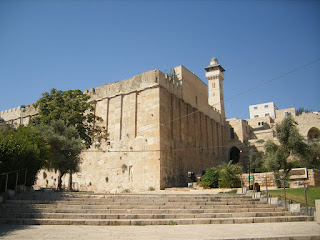Little Egypt and Hootchee Kootchee
The Chicago World's Fair did bring some legitimacy to Middle Eastern Dance in terms of visibility in the West. In 1898 Thomas Edison captured perhaps the first film of Belly Dancing. Looking at this with over 100 years is dangerous, as her costuming being a mixture of victorian and Middle Eastern sensibilities were probably quite foreign appearing at the time. It would appear that the dancers were quite aware of how to take advantage of this new found interest. Now according to Anna's belly dancing article, which is much more informative than the wiki article on the subject. "It is believed the first major appearance of belly dance in America happened at the World’s Columbian Exposition aka the Chicago World’s Fair in 1893. The fair featured a re-creation of an Egyptian market aptly named “Streets of Cairo” where vendors sold Egyptian goods, and dance and music groups from countries like Egypt, Morocco, Syria, Tunisian, Algeria, Turkey, among others, shared their cultural tradition on the stages along the “midway”. The dancer’s hip and stomach movements were considered vulgar and strange compared to the popular waltz and ballet which were acceptable forms of dance of the time. The nearly, fully covered dancers were also considered very controversial for not being corseted, which was the fashion trend and “respectable” custom of the day.
An entertainment promoter for the Exposition named Sol Bloom quickly took advantage of the controversy surrounding the foreign dancers and began billing the dance as the “hootchee-kootchee” dance in order to get more customers. This advertising tactic was a huge success. Soon, others including Vaudeville promoters, labeled its all-American adult entertainment as “hootchee-kootchee” dance in their popular shows, which later became known as burlesque, the precursor to modern day stripping or “exotic” dance. Though burlesque dancers used some of the movements they saw the foreign dancers do, it was not in part or in whole the same traditional and folkloric dance as performed by the “real” belly dancers at the World’s Fair. This misuse of the term belly dance subsequently spurred two of the most common misconceptions about belly dance - that belly dance is related to the strip tease or “exotic dance” and that belly dance is about seduction. Over 100 years later, the belly dance community at large is still trying, unsuccessfully, to educate people about the true dance form and bring to light its inaccurate association with stripping and burlesque.
Sol Bloom is also said to have coined the term “belly dance,” which is a translation of the French term “Danse du ventre” or dance of the stomach, said to have been first used by French invaders to Egypt in the late 18th century. The term belly dance, only made the foreign dancing more scandalous to Victorian mannered Americans, that considered direct terminology for body parts like “belly” unwholesome talk.
At the Exposition, a Syrian-born dancer named Farida Mazar-Spyropoulos performed with “The Algerian Dancers of Morocco” under the name “ Fatima”. Farida later claimed to have been the first “Little Egypt”, but did not perform under this title at the Exposition. Since then many dancers, Middle Eastern and otherwise, have used the name “Little Egypt” to promote themselves, some more respectably than others.
One such dancer, and probably the most recognized as “Little Egypt,” was actually a Vaudeville burlesque dancer named Ashea Wabe (pictured right). Her most infamous claim to fame was being questioned at a New York City bachelor party on December 19, 1896 for Clinton Barnum Seeley after police were tipped off “that indecent dances were going to be given by Little Egypt and others ."



Comments